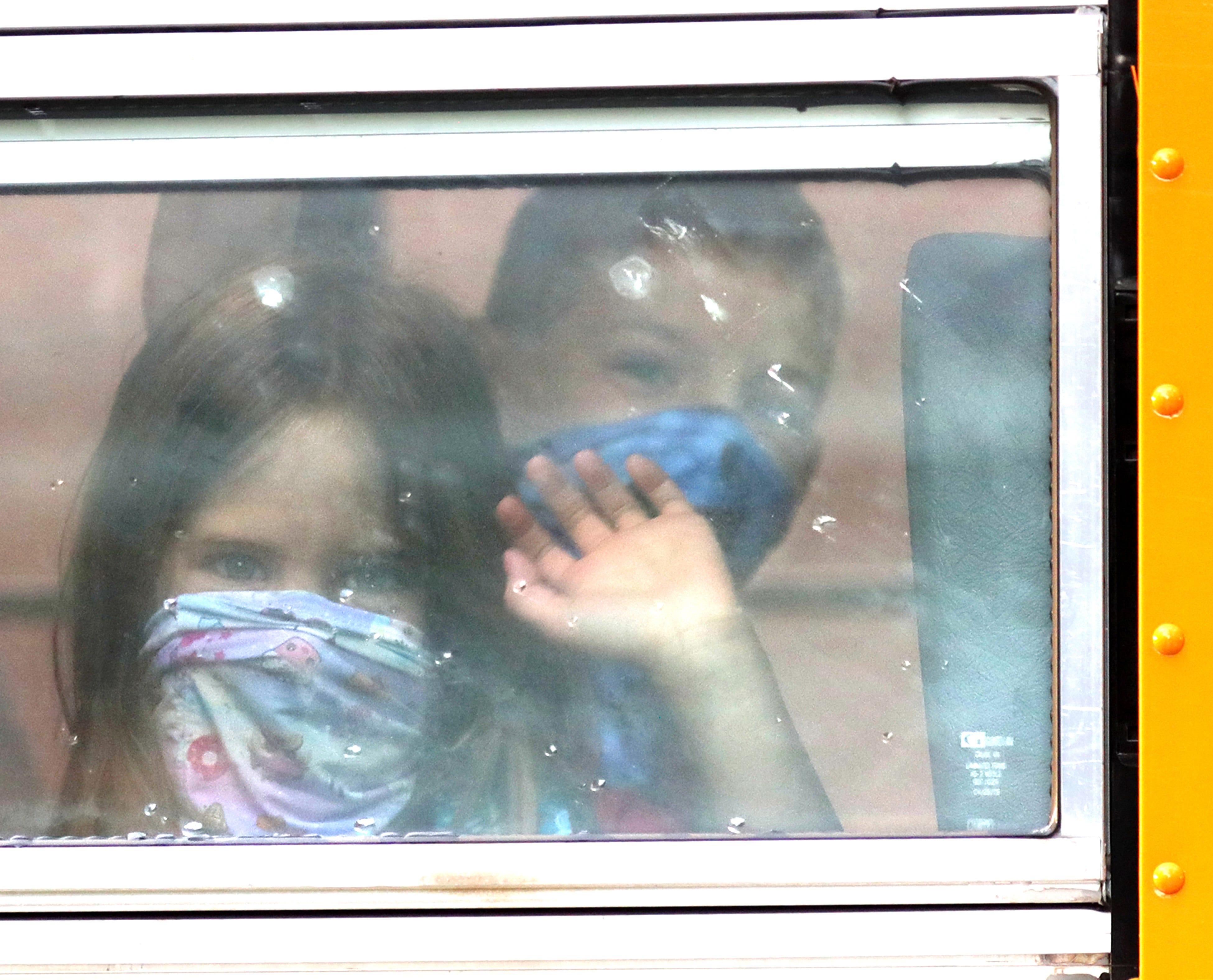
A South Korean study of 91 children who tested positive for the new coronavirus found that 22% did not show any symptoms.
Moreover, researchers estimated that a policy of only testing children with symptoms would have missed 93% of those infected.
One-fifth of the children who showed no symptoms —and about half of those who did show symptoms — were still shedding virus three weeks after they were infected, according to the study, which appeared with an editorial in the journal JAMA Pediatrics.
Shedding virus means that virus can be detected in a person, though that person may not necessarily be able to infect others.
At three weeks, infected children usually have very small amounts of virus, including portions of dead virus. Someone shedding virus at three weeks is most likely to have an insufficient amount to infect another person.
Still, the South Korean study sends a strong message as schools across the U.S. decide whether or not to reopen for in-person instruction. In Wisconsin, many schools are restarting instruction this week.
"If there is anyone on the planet who believes children are immune to the (new) coronavirus, this should lay that to rest," said Roberta L. DeBiasi, a co-author of the editorial and division chief for infectious diseases at Children's National Hospital in Washington, D.C.
"Yes, children can get infected. Yes, children can get sick. Yes, children can spread the virus."
DeBiasi said that areas where there is little virus circulating should be able to reopen schools safely but should consider whether they have the means to follow the guidelines issued by the federal Centers for Disease Control and Prevention. Guidelines include using masks, social distancing, leaving classroom windows open and other measures.
DeBiasi said infection rates in a specific district offer a good guide for whether or not schools should reopen. In general, she said, a rate of 5 infected people per 100,000 population should be safe enough for schools to reopen; 10 per 100,000 is borderline; and anything over 10 per 100,000 is risky.
The South Korean study adds to a growing body of research on the number of people with COVID-19 who are asymptomatic and able to transmit the virus to others.
"There's certainly a portion of children who will be asymptomatic carriers of the virus," said Frank Zhu, medical director of infection control and prevention at Children's Wisconsin hospital.
But Zhu stressed that it is uncertain how much of the spread of COVID is being driven by those who are infected but not showing symptoms.
With other viruses such as influenza, children are often major drivers of the disease. They become infected at school, then bring the virus home and infect others in the household.
"That really hasn't been proven to be the case with COVID-19," said Zhu, who is also associate professor of pediatrics at the Medical College of Wisconsin.
However, he cautioned that when the virus first arrived in the U.S., schools closed promptly, resorting to virtual classes, and many children stayed home. As some schools reopen, children may play a more significant role in the spread of COVID-19.
Zhu said that the CDC has recommended that when a child has received a true exposure to the virus, parents should isolate the child for 14 days. A true exposure is defined as being within 6 feet of an infected person for at least 15 minutes, regardless of whether masks were worn.
Research on adults has found that as many as 40% of those infected may not experience any symptoms.
The virus' stealth in infecting some people without causing symptoms has been one of the major challenges for public health leaders. People may be venturing into reopened businesses and public gatherings unaware that they have the virus and are spreading it.
"You are really most infectious at the beginning of symptoms, or a day or two before," said Ellen Wald, an infectious disease specialist and chairman of the department of pediatrics at UW Health.
Wald said the best way for reopened schools to prevent a major outbreak is by rapidly testing anyone who shows symptoms, and also performing surveillance testing of all students twice a week.
Health - Latest - Google News
September 01, 2020 at 04:48AM
https://ift.tt/3lHaB1K
South Korean study finds more than 1 in 5 children with COVID-19 show no symptoms - Milwaukee Journal Sentinel
Health - Latest - Google News
https://ift.tt/2zrj9Ud
Bagikan Berita Ini















0 Response to "South Korean study finds more than 1 in 5 children with COVID-19 show no symptoms - Milwaukee Journal Sentinel"
Post a Comment